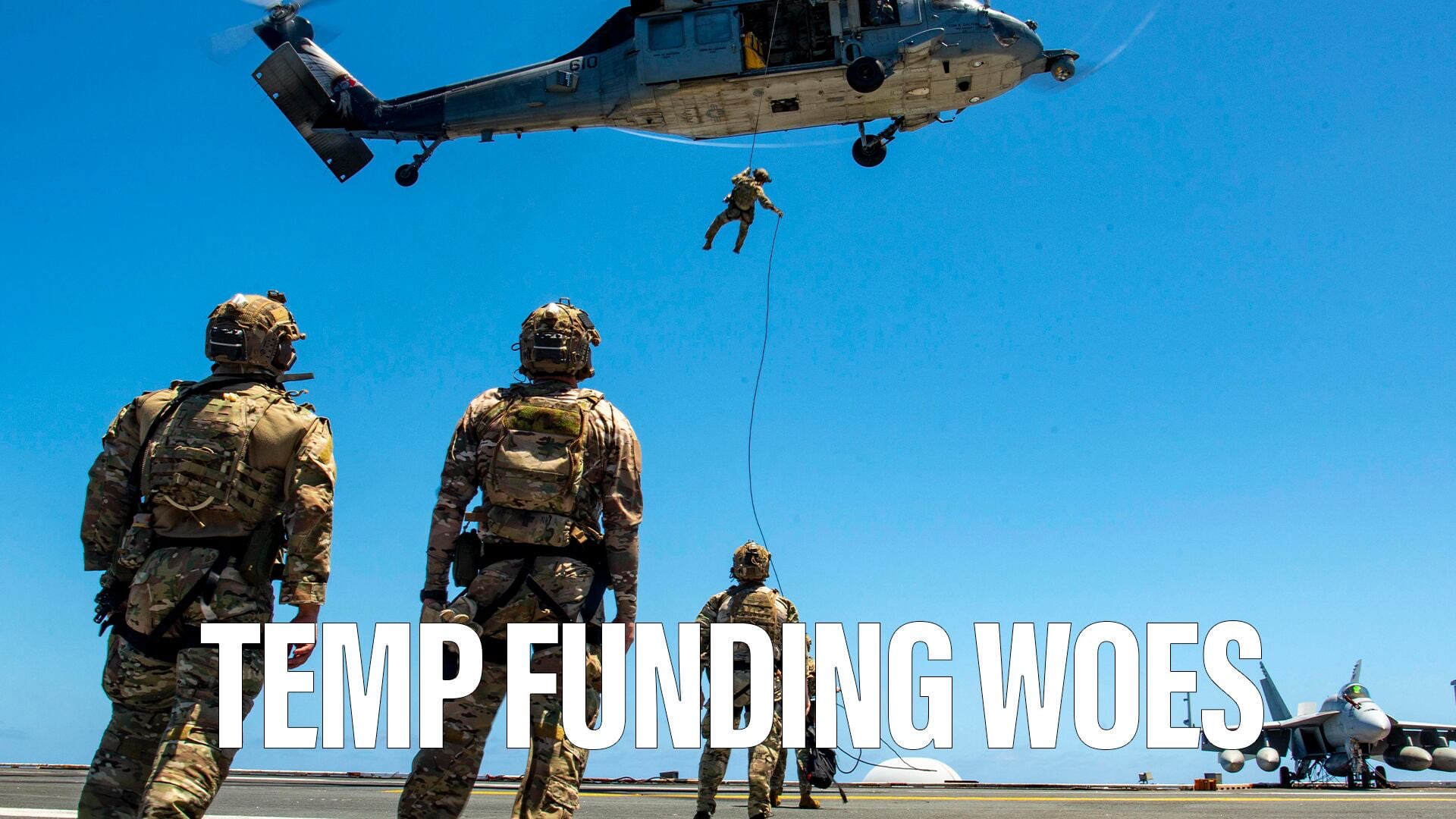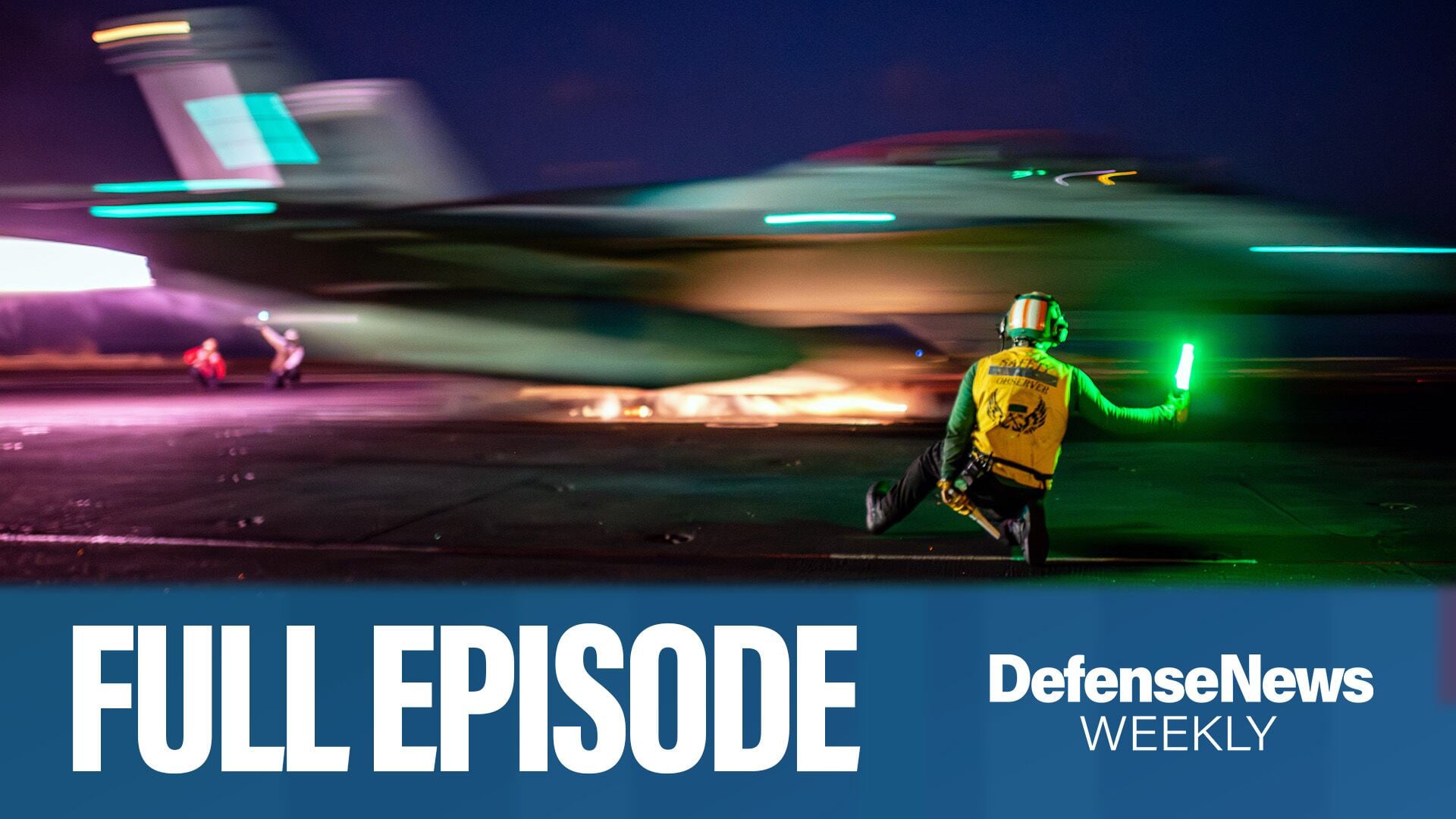WASHINGTON — A number of new programs being implemented by Washington and NATO partners may have a big impact on how Europe equips itself, and how and when they deploy their forces in the future.
But how effective any one program will be depends, of course, on how well the allies can deliver on promises to pool their resources and agree to focus on interoperability and networking.
The work to pool assets under the three-year-old Smart Defense program has been slow. Members of the alliance are "having a hard time overcoming their national priorities in making these decisions," said Jorge Benitez, senior fellow for tTrans-Aatlantic sSecurity at the Atlantic Council.
Since the Smart Defense program kicked off in 2012, only six projects have been completed, revolving around maintenance and logistics with roughly 30 other projects still working their way through the system, uncompleted.
Despite these lags, the Obama administration is stepping in with a variety of programs that will make it easier for European allies to buy and pool equipment, however.
The US State Department is expected to announce its plan to update some aspects of its export control rules for drones in the coming days, which could have a major impact on the range and payload restrictions that Washington has placed on its sales of these unmanned systems.
The Feb. 6 announcement of the potential sale of four MQ-9 Reaper UAVs to the Netherlands for $339 million would be tied to these forthcoming changes, a source with knowledge of the proposed changes said.
The move makes sense, Benitez said, since "surveillance is one of the key assets for the alliance right now, and most of the alliance is sorely lacking in such capabilities. Many of our NATO partners are depending on the US to provide those capabilities."
In a related move, on Feb. 4 the US State Department and the Pentagon's office for selling military equipment to foreign allies announced that they are embarking on a program that will, for the first time, allow NATO members to acquire and share American military hardware among members of the alliance.
A Jan. 30 memo signed by US Navy Vice Adm. Joseph Rixey, head of the Pentagon's Defense Security Cooperation Agency (DSCA), said that while there has been "no past practice to accommodate" transactions that would allow pooling or use by more than one NATO partner of US assets, allies are now "seeking mutual cost-sharing both within and outside NATO to maximize the purchasing power of their defense budgets."
The plan is for the lead nation, or the NATO organization that makes the initial purchase, to remain as the sole purchaser "with full financial responsibility," the organization said, while the US will "provide defense articles in a configuration approved as appropriate for use in common by the lead nation and all identified and accepted transferees."
Both the expected export control guidance and the move to sell more US equipment to NATO "is very much consistent with what the Obama administration laid out in the latest National Security Strategy — to enable and build partner and allied capacity," The Atlantic's Benitez said.
The trick, of course, is to make sure that all of these platforms can talk to one another, and fit within the command-and-control systems that each separate country uses to operate their national defense assets.
"The aim of NATO is that those platforms can be integrated within the overall system," French Gen. Jean-Paul Paloméros, NATO's Supreme Allied Commander Transformation, told Defense News in a recent interview.
In several related decisions that will have big reverberations for the alliance and it's growing number of partners in eastern Europe — as well as with the systems and platforms that it brings into burgeoning collective defense architecture — on Feb. 5 NATO defense ministers voted to enhance the capabilities of the 30,000-strong NATO Response Force by adding a "Spearhead Force" of 5,000 soldiers to the organization.
This new spearhead will be backed up by two more brigades that will be capable of deploying within 48 hours of a crisis breaking out.
At a meeting off the alliance in Brussels on Feb. 5, NATO Secretary-General Jens Stoltenberg emphasized that these decisions would have to be backed up supported by a commitment to "ensure that we have the right forces, in the right place, at the right time."
As part of this new posture, NATO is also establishing six command-and-control units in Bulgaria, Estonia, Latvia, Lithuania, Poland and Romania.
Stoltenberg underscored the need for the asset-sharing program and a greater emphasis on networking the allies in times of crisis, telling the ministers that if a crisis arises, these new units "will ensure that national and NATO forces from across the alliance are able to act as one from the start. They will make rapid deployment easier. Support planning for collective defense. And help coordinate training and exercises."
Email: pmcleary@defensenews.com
Twitter: @paulmcleary







